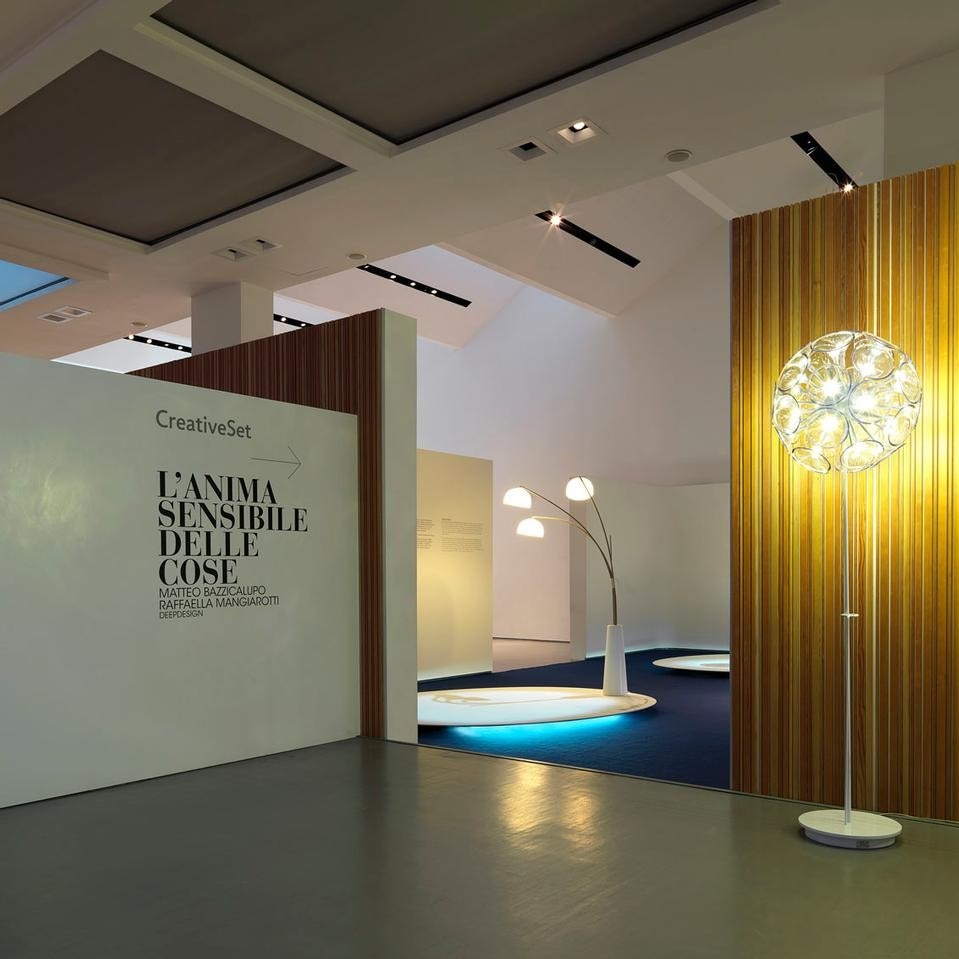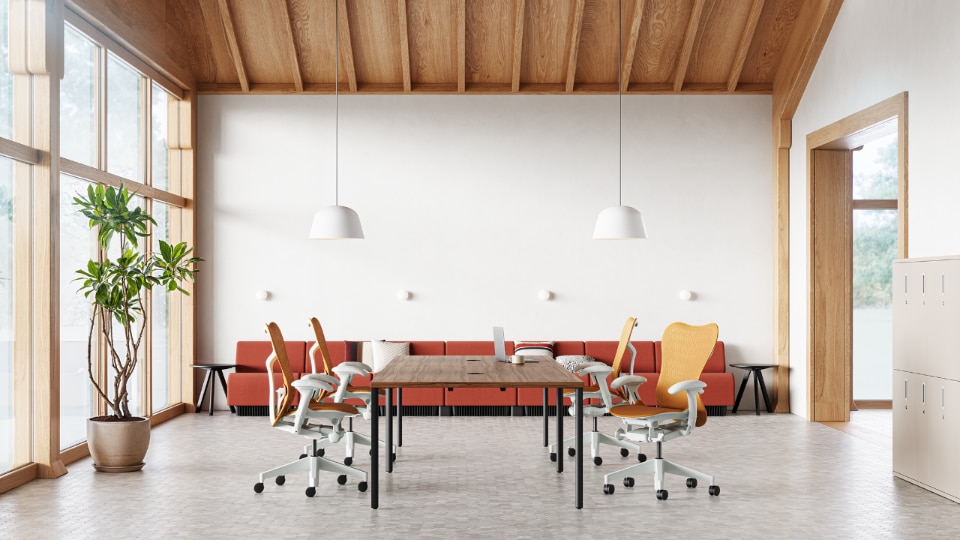The exhibition was an opportunity to reflect on what we've done and what we're currently doing: it let us think about who we are. Our display was part of the larger exhibition "Mini e Triennale CreativeSet", organised by Cristina Morozzi: this was a well targeted overview, in stages, of modern Italian design, each piece an example of simplicity and efficiency.
Our six designs were all created since 2001 and developed in accordance with very different schedules. We think that these in particular communicate our way of working with both technology and an intuitive and poetic approach.
A human approach in a technological environment then?
When Branzi visited the opening of the Triennale, he told us that our exhibition was like one of Gigli's, an elegant and pure flower that has a strong but not sugary scent. "There's courage and strenght in your research on the product's innovation and in the work on tiplogies, that become again central inside the house and are no more developed inside the interstitial areas of nowadays life," he said. It's a description of ourselves we recognise: for us, form is the evolution of thought. Even when a client asks us to redesign an object, our aim isn't just to fulfil the brief – we always want to add a couple of innovative ideas as well. We think of design as an opportunity to explore and investigate potential innovations: even if the client has not specifically requested these, they are almost always adopted. We look again at the form of the product, which is often stuck around a series of stylistic micro-evolutions - and not just as a result of technological problems.
How do you translate this idea into a working method?
We can take the Pulse washing machine prototype as an example. We developed this for Whirlpool in 2001 and it won an ID Award in 2003 for the research - it is, though, a completely functional design. It turns the idea of washing upside down: instead of relying on the traditional system of throwing the clothes against a steel drum turning a thousand times a minute, we were inspired by hand washing. Technically, washing by hand is a better method since it doesn't wear the fibres out – it uses compression and expansion to wash the garments.
In our design, the pressure of the air in the cavity between the outer shell and the inner membrane makes the soft bag inside swell, "strangling" the clothes in it as it were. This sets up a pulsing that is similar to the one your fingers make when you wash something by hand. Studio's N03!'s video installation (an animated projection) simulates the way the design works perfectly.
Another prototype is your hairdryer. What observations sparked off your redesign of this product?
We started by studying the arm movements made by hairdressers. When you work on someone's hair, you need to lift the arm above the level of the heart. The flow of air is directed downwards from above to close the scales of the hair and make it shiny. As a result, you are working for eight hours in a position that can overwork the heart. The idea for the hairdryer, Winds, was to integrate the air nozzle into the structure of the hairdryer: since the air outlet is in the bottom of the unit, you can hold the dryer with your arm flat. In the second prototype we created, we included a small button that rotates the deflector through 180 degrees and so allows hair to be dried from the roots. A micro interrupter switch in the base cuts the power, and the unit is then free-standing.
Creating each design from scratch is risky and requires a lot of time and energy. Whose backing did you have when developing Winds?
We created it in partnership with a contractor, a hairdryer manufacturer. Our belief - and we have experience of this - is that working fully with the manufacturing base is really valuable and helps to create new ways of working, especially in times of economic difficulty, as now. It produces a dialogue that benefits both sides. When developing the hairdryer, we wanted to create the smallest resistance and used only standard components. The cornerstone of the design is the internal architecture, the arrangement of these pieces. The innovation will not mean that the consumer pays more: Winds will retail at 16 euros, just like any other professional hairdryer.
We are used to following each stage in the engineering of a product: we've learned to determine the amount of innovation that is possible given the production processes and to introduce this, taking a particular product's current state of development into account as well.
Is this an approach you've used for your carpet sweeper as well?
Different ways of working are right for different products. In the case of Flexica, which Imetec has sold (at 99 euros) for the last five years now, the innovation lies in the joint that connects the motor unit to the bag and the tube to the structure. This made it possible to raise the motor unit and free up a flat front section, allowing you to clean areas of floor below even very low pieces of furniture to a depth of 80cm.
The Flat Piano, in contrast, is a modern hybrid which uses music to increase the relational value of the table and which reintroduces the physical dimensions of a grand piano. There is an amplifier under the piano that distributes the sound across the entire surface of the table. We incorporated transducers that can be used on any surface or material to create a kind of three-dimensional loudspeaker.
We also chose two of our lamps for the exhibition. The first, Dandelion, has been manufactured by Tecnodelta for the last three years (and last year was included in MoMA's permanent collection). It uses 31 low-energy LED lights and uses concepts of motion and unstable equilibrium. To some extent, these ideas enter into all our designs, including the Blue Bell standard lamp, which we developed expressly for the Triennale. In the prototype on show, nautical rope wraps around a metal shaft with an electric cable inside. The lights alter the distance from the surface according to how the stand sleeve is moved. The on switch too has been designed so that the intensity of the light can be varied.
Your work takes research into technology and innovation as its starting point and then moves on to form. What forms are you looking for?
The answer is the simplest form possible for what is inside the object: it should be like the skin of an orange. Once the form has been established, we move on to assess the radius of curvature and the technical components – and from there we concentrate on the form of the object until it finally acquires it own identity. We're searching for the elegance of feature that you discover when looking at the work of the great masters of Italian design like Zanuso, Castiglioni, Magistretti and the Vignellis - or of legendary international figures like Charles and Ray Eames.
Nowadays, however, the design world is looking - spasmodically - for variety and shock value, which quickly leads to confusion and boredom, since they are producing objects that have no iconic value. An icon is about purity and simplicity: it's about the essence of the object.
Photos of the exhibition by Matteo Piazza
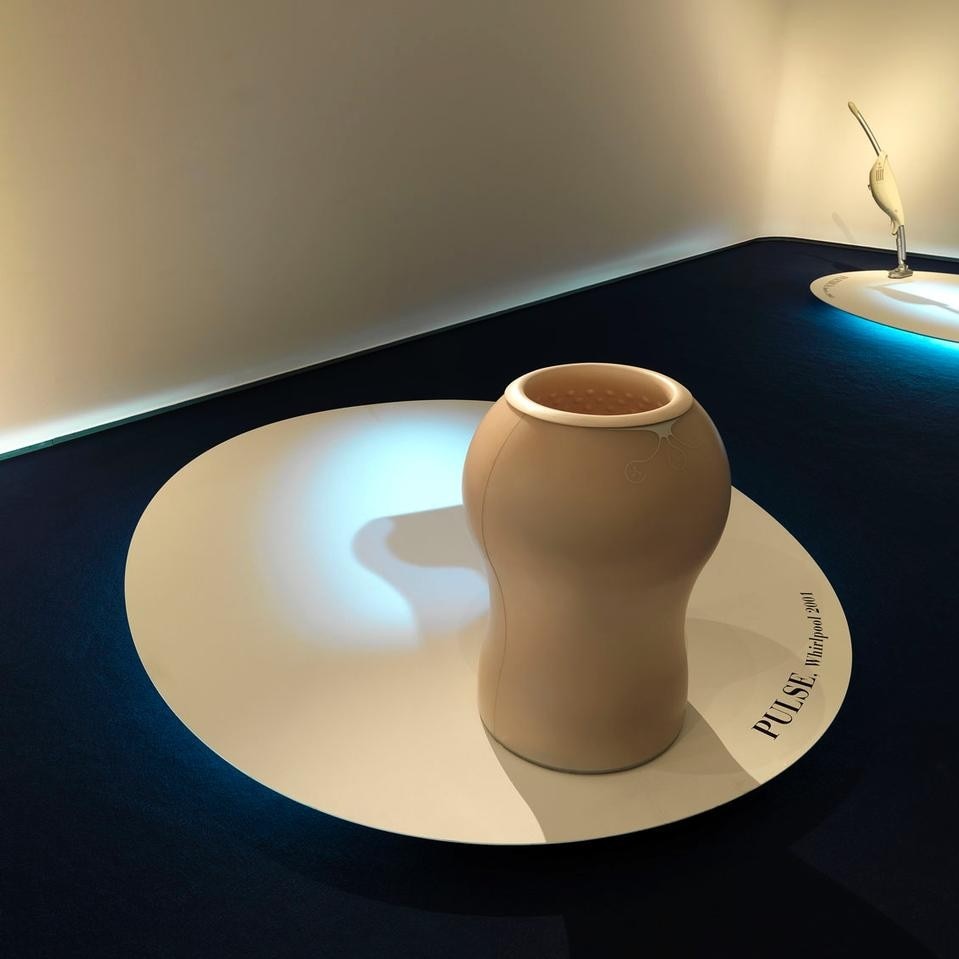
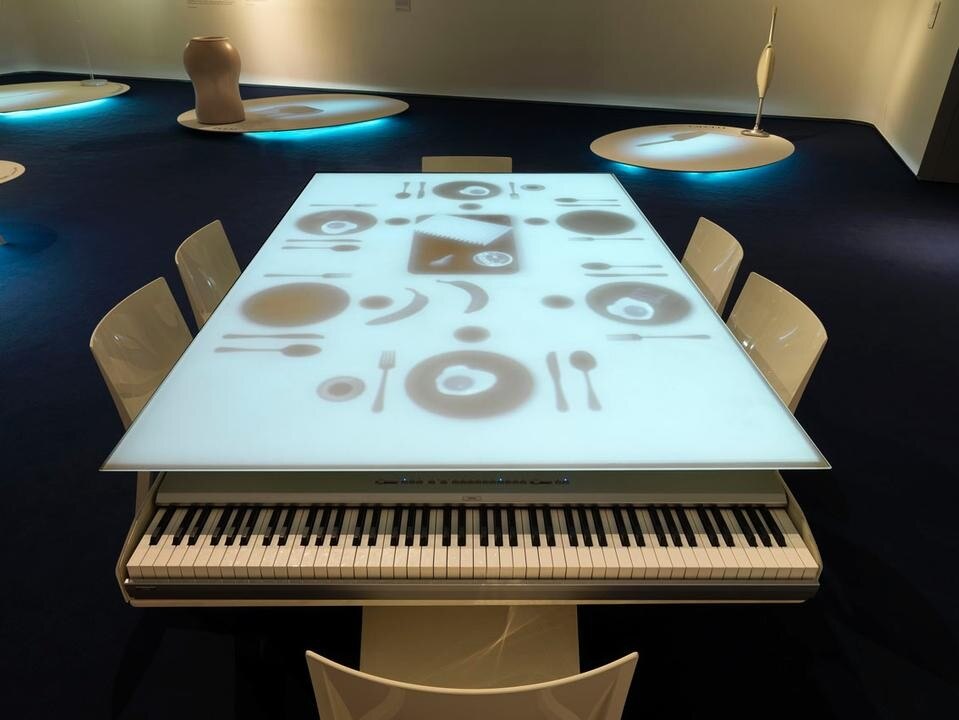
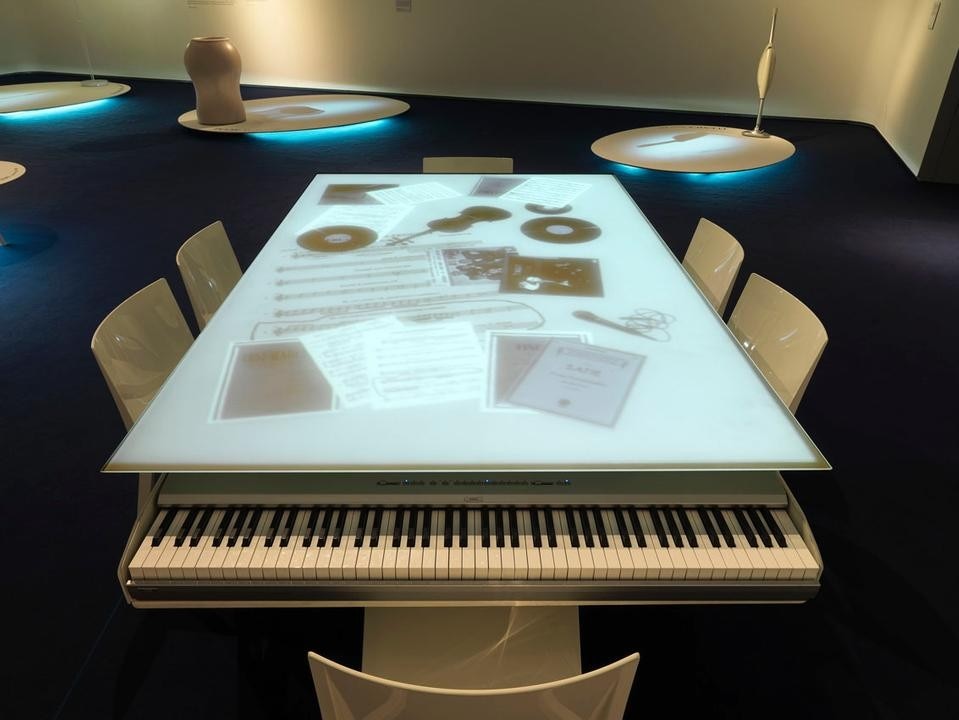
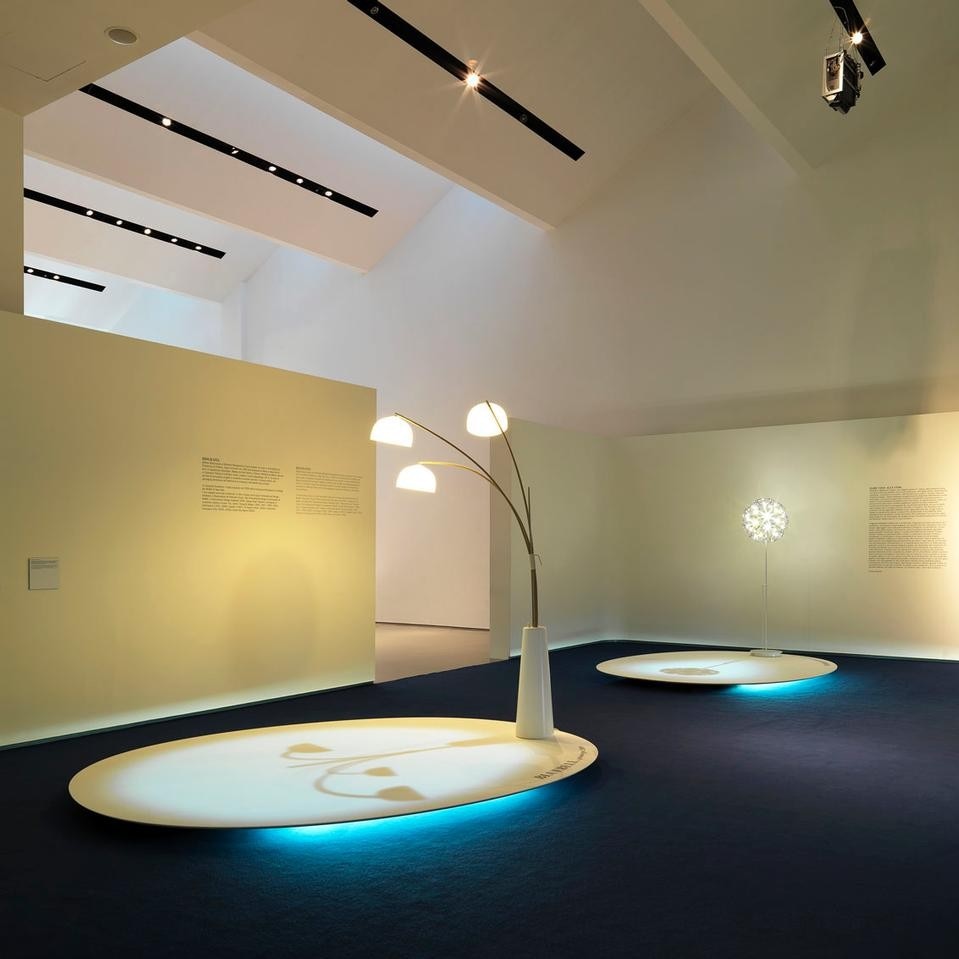
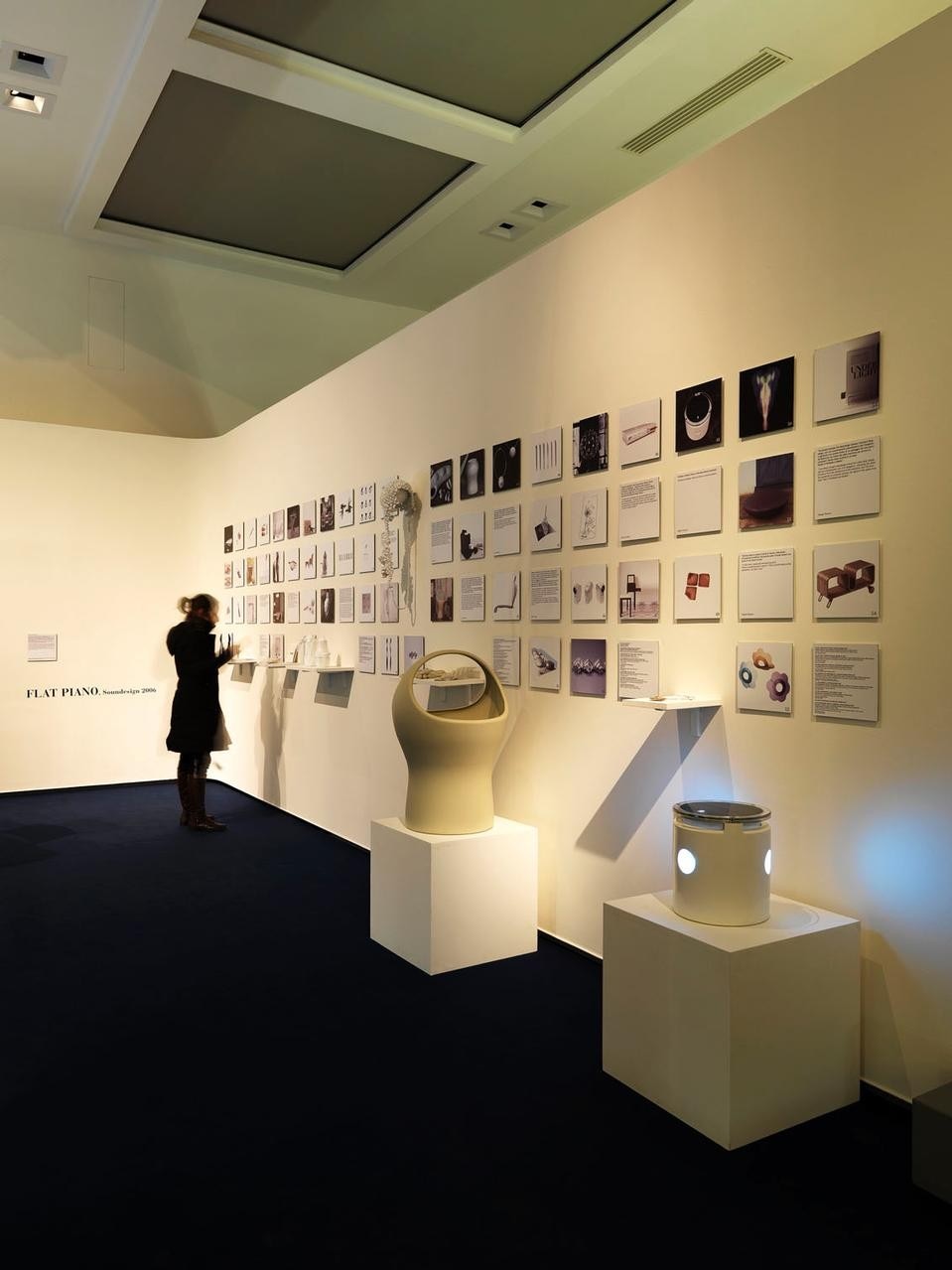
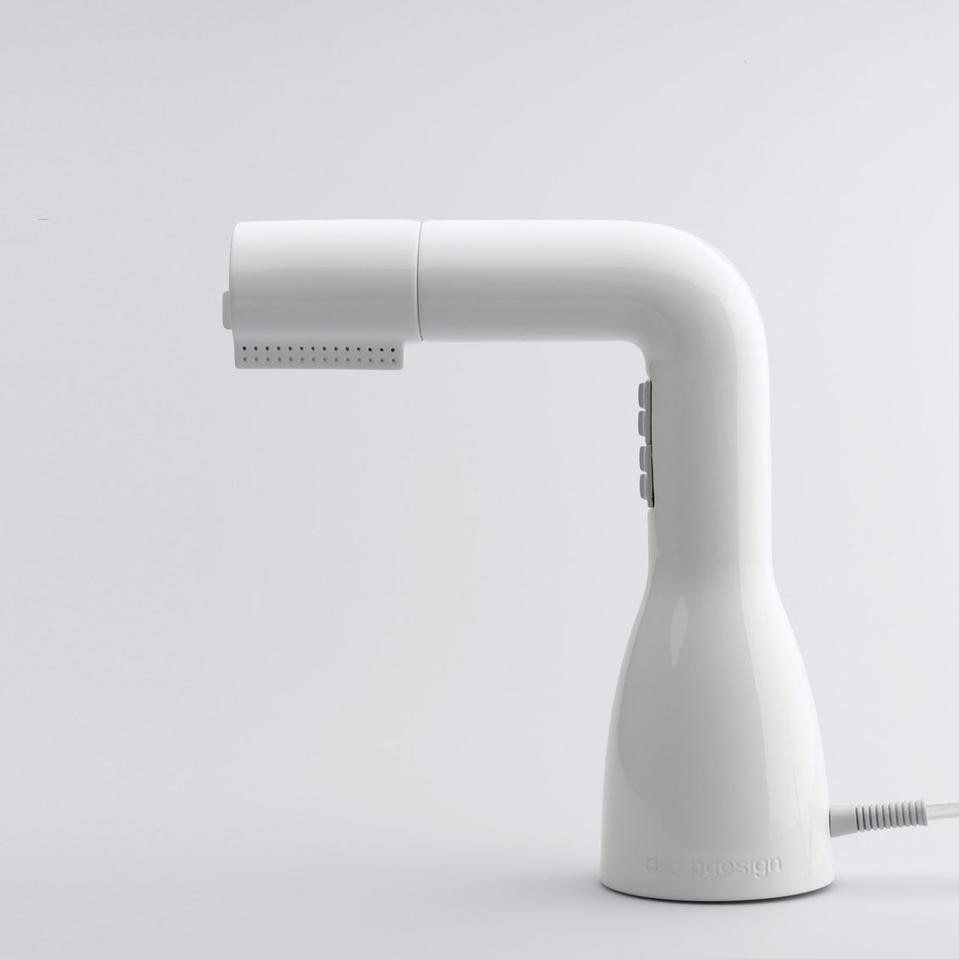
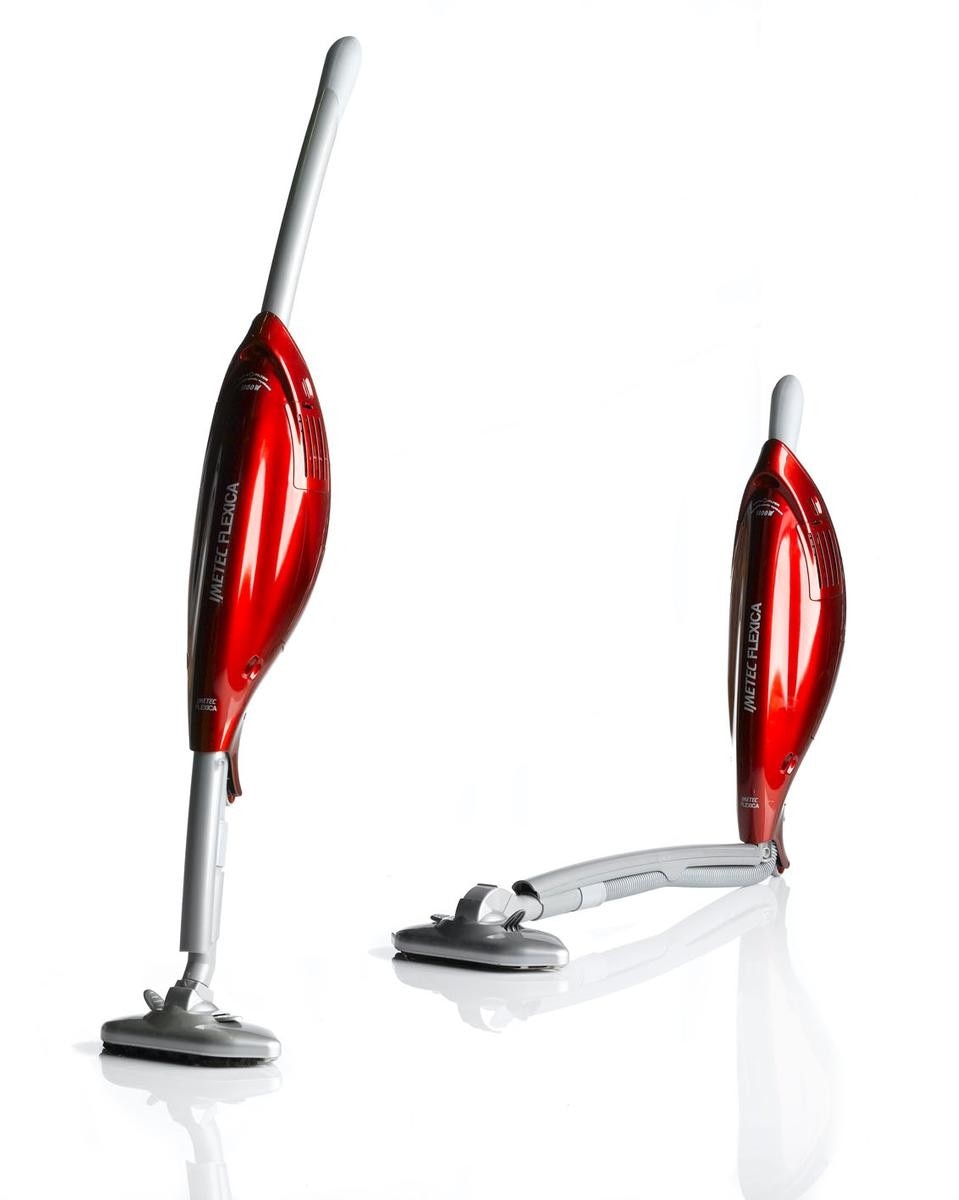
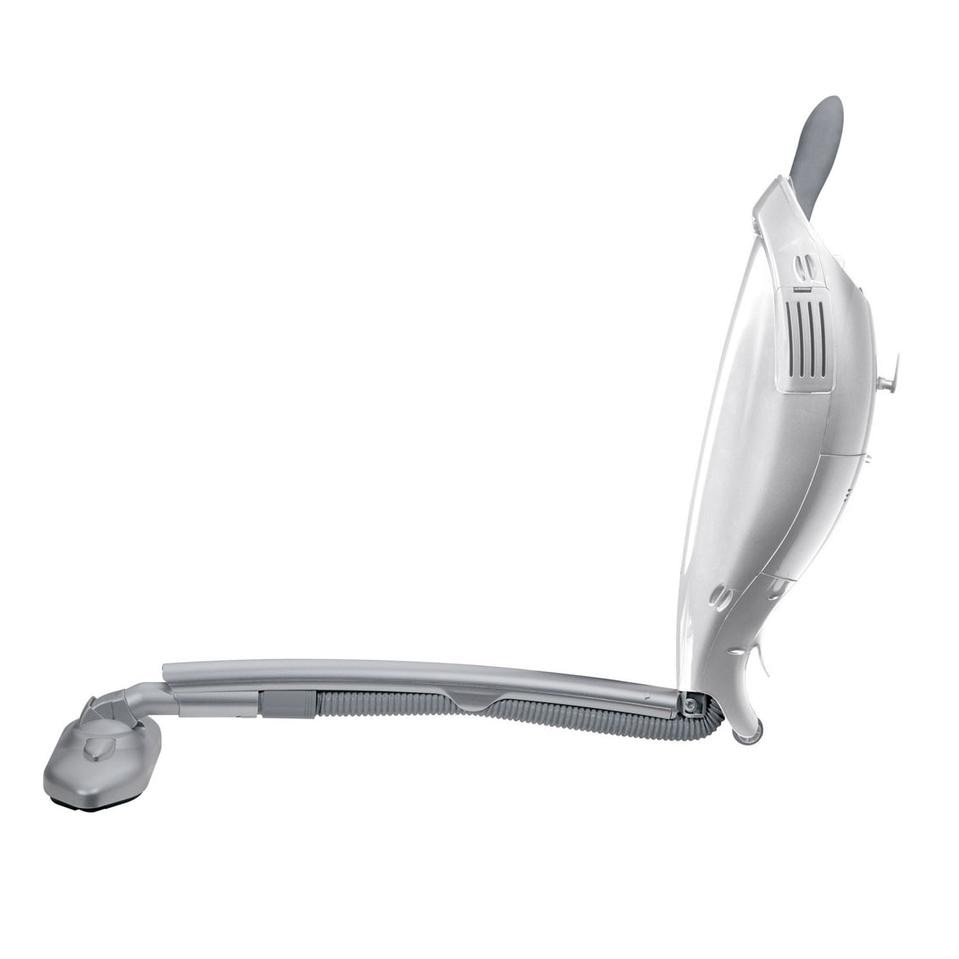

INQUADRA: DeFAVERI's seamless energy efficiency
INQUADRA is DeFAVERI's flush-mounted monoblock that cancels thermal bridges for maximum energy efficiency and a minimalist design. Easy to install and customize, it marks one of the innovations from a long-established company, now part of the ECLISSE Group.


